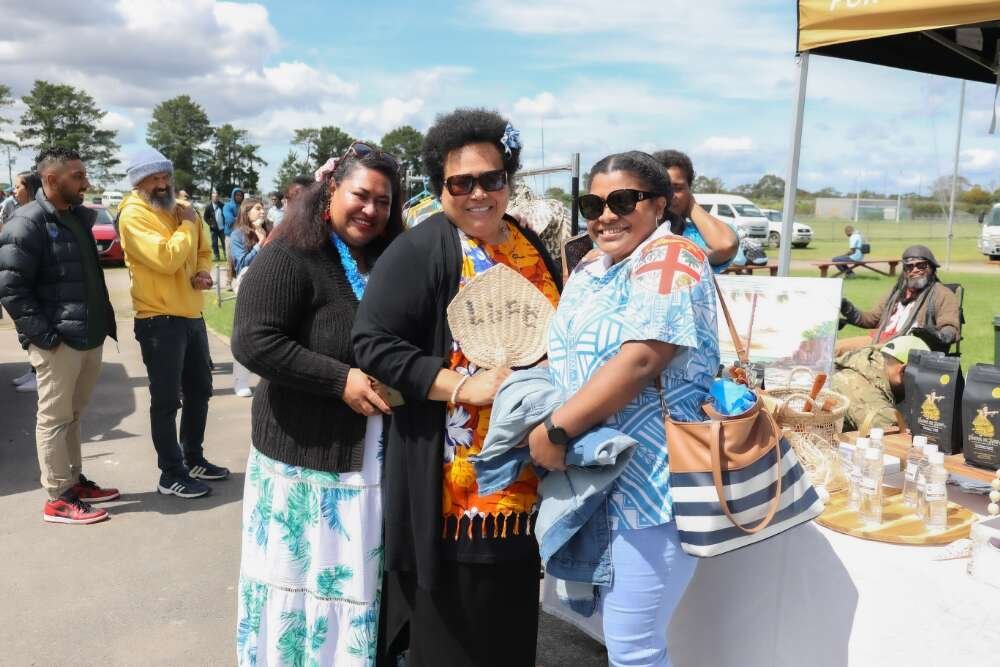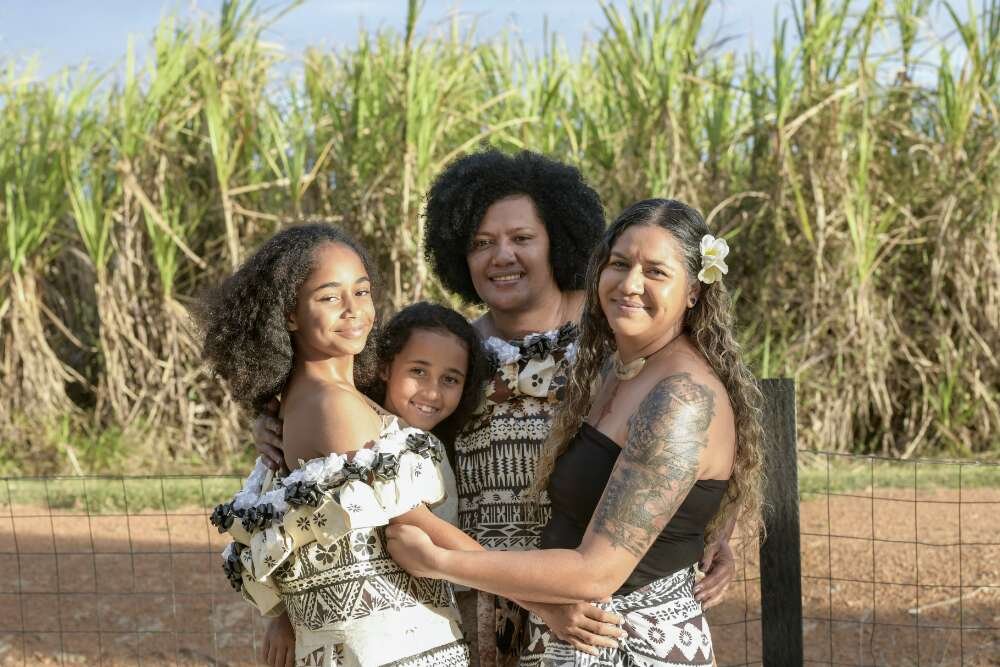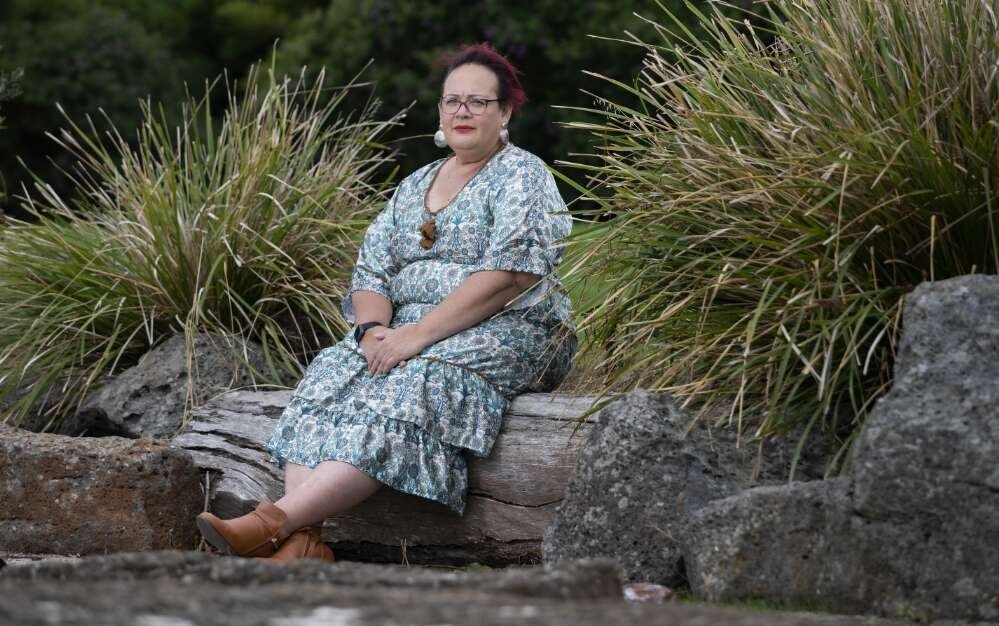The 10th of October each year is a special day for Fijians across the world. This is the anniversary of the day that Fiji achieved independence in 1970 and is marked by the celebration of Fiji’s rich culture and heritage.
It is an ideal opportunity to acknowledge a large collecting project the Library has conducted over the past two years. The National Library has worked closely with Fijian Australians to make sure their contribution to Australian life is appropriately represented in the collection across all the formats that the Library collects. As a result, the National Library now holds one of the most substantial records of Fijian Australian life in the country.

The Fijian Australian community was chosen for a collecting project because of the Library’s strategic interest in collecting material from the Pacific region and because Australia is home to the largest Fijian population outside of Fiji itself. The Fijian Australian community is diverse, reflecting contemporary Fiji.

The Library worked closely with Fijian Australians on the collecting project. Expert oral historians such as Thelma Thomas, who is a Fijian Samoan Australian vocalist and hip-hop activist, as well as a storyteller with extensive experience in community engagement, made very important contributions to this project.
Photographs have been collected at events that hold meaning to Fijian Australians. These include Fiji Day events in locations as diverse as Bundaberg, Brisbane and Melbourne and a Tauvu Day celebration in Melbourne that records the Fijian love of sport and the bonds that exist between newly arrived Fijian migrants and those who have resided in Australia for longer periods.

The Library has recorded sixty-six oral history interviews with Fijian Australians. Interviewees include Professor Jioji Ravula, Australia’s first Professor of Pasifika descent, Lisa Singh, who has served as both a Federal Senator for Tasmania, as well as a state-based politician in Tasmania, rugby star Ili Tabua Tamanivalu, who has played this sport at an international level, Sylvia Coombe, who is both President of the Fijian Community Association in Victoria and a Country Fire Authority volunteer, Leah Howard, who is a dancer, director and choreographer, and Kanti Jinna OAM, whose contribution includes serving as Patron, Fiji Australia Association of Canberra, since 2008. A number of interviews were recorded in the Fijian language.

Manuscripts acquisitions include the Papers of Professor Brij Lal and Dr Padma Lal. The late Professor Brij Vilash Lal AM, FAHA, OF was a highly esteemed historian who wrote about the Pacific region’s history and the Indian indenture system. Dr Padma Lal has made a significant contribution as a Fijian ecological economist.
The Library has also obtained a range of ephemera relating to Fijian Australians and a growing amount of published works such as Fiji-Baat: A Fijian Diwali written and illustrated by Savin Kumar. Web Archiving has also been a significant part of this project and a means of recording Fijian Australian culture and organisations.
The Library’s ongoing commitment to recording Australian life in all its diversity will ensure that the experiences of Fijian Australians – and all those who contribute to Australia’s rich cultural life – will be available for future generations to appreciate and enjoy.